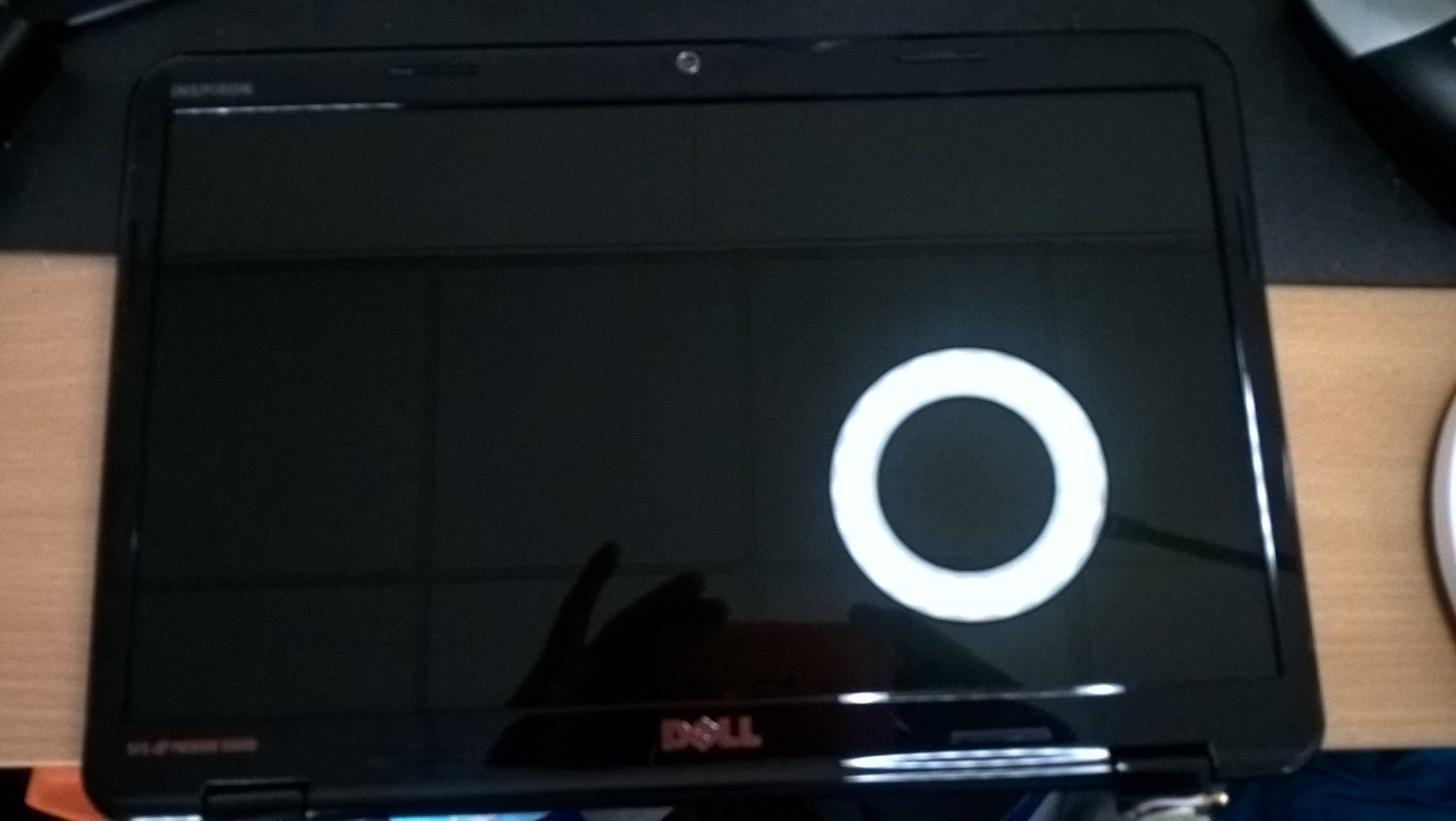Addressing USB Security Threats: What to Do When Your Device Is Infected
It’s a common scenario: you plug in a USB drive, intending to access files or transfer data, only to encounter a warning from Windows Defender about a severe threat detected on the drive. If you’ve found yourself in this situation, you’re not alone, and it raises some important considerations about USB security.
Recently, I experienced a frightening incident. Upon connecting my USB drive to my PC, the system took longer than usual to process the drive. While I was multitasking, Windows Defender alerted me to a potential threat linked to the USB drive. This wasn’t my first encounter with USB-related issues; previously, I had plugged the same drive into a school computer for a project only to find my files mysteriously converted and hidden in a “.lmk” format. At that time, I was able to resolve the issue using a simple command in the Command Prompt. However, this latest event felt different.
After retrieving my flash drive from friends who were using it to print documents, I began to worry about the possibility of malicious software being transferred. While I trust my friends’ intentions, I couldn’t shake the nagging suspicion that the school computer might have been a host for malware that could affect any USB device connected to it.
As soon as I recognized the threat, I promptly disconnected my USB Wi-Fi dongle to mitigate any potential internet access that could worsen the situation.
Steps to Take When You Encounter a Potential Virus on Your USB
-
Disconnect and Assess: If you receive a virus warning, remove the USB drive immediately from your computer to prevent further complications.
-
Scan the Drive: Before reconnecting the USB, run a full virus scan using updated antivirus software on your system.
-
Use Safe Mode: If you need to access the USB, consider booting your computer in Safe Mode to reduce the risk of malware running processes.
-
Backup Important Files: Once you confirm that the drive is safe – whether by restoring it yourself or through professional help – make sure to create backups of important files in multiple locations.
-
Educate Yourself: Learn about common USB malware and how to prevent infections, including using reputable antivirus solutions and scanning any device before opening files.
Conclusion
USB drives are convenient tools for transferring files, but they can also be potential carriers of malware. Awareness and prompt action are your best defenses. In a world where technology
Share this content:



